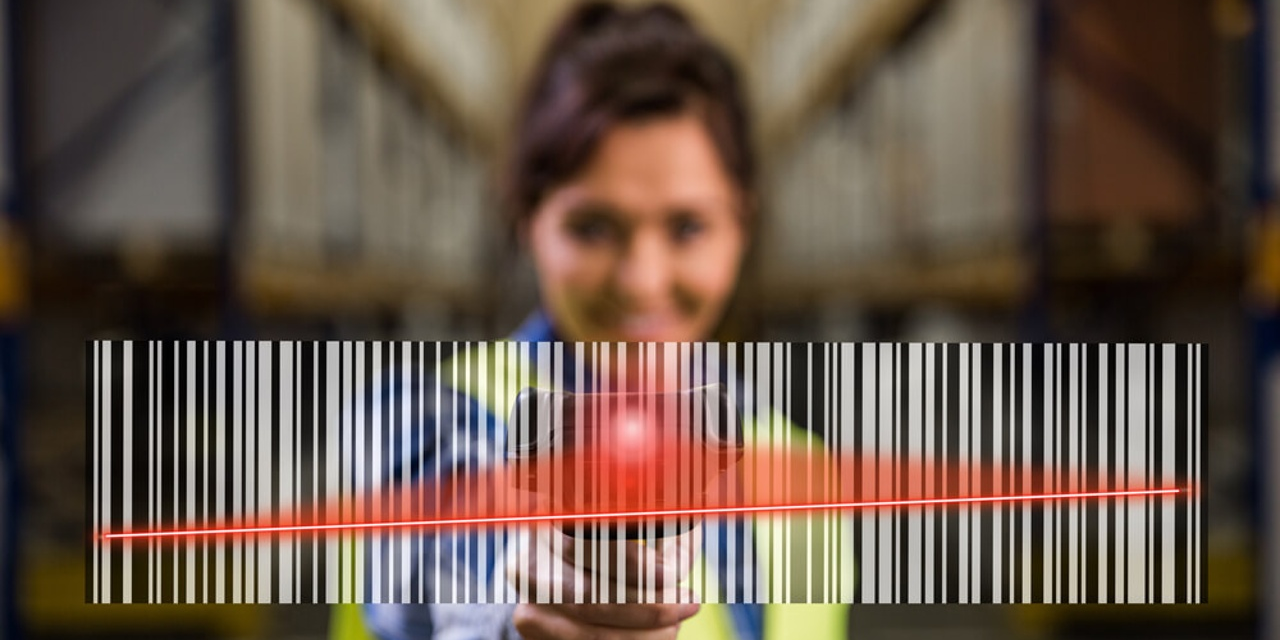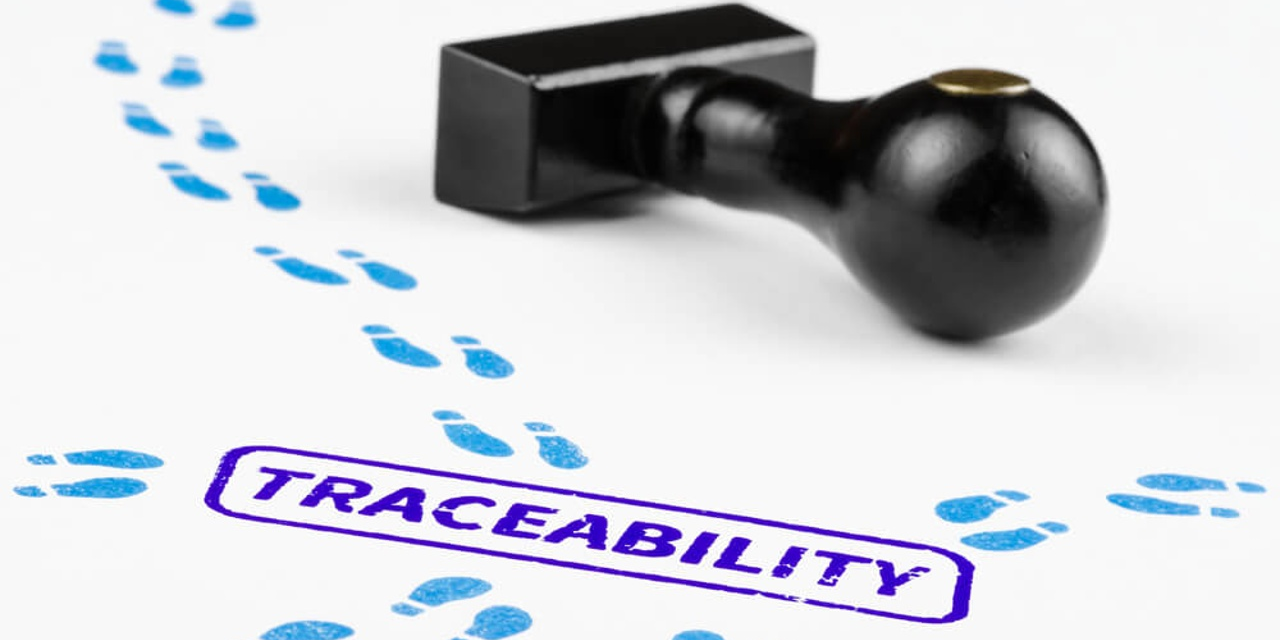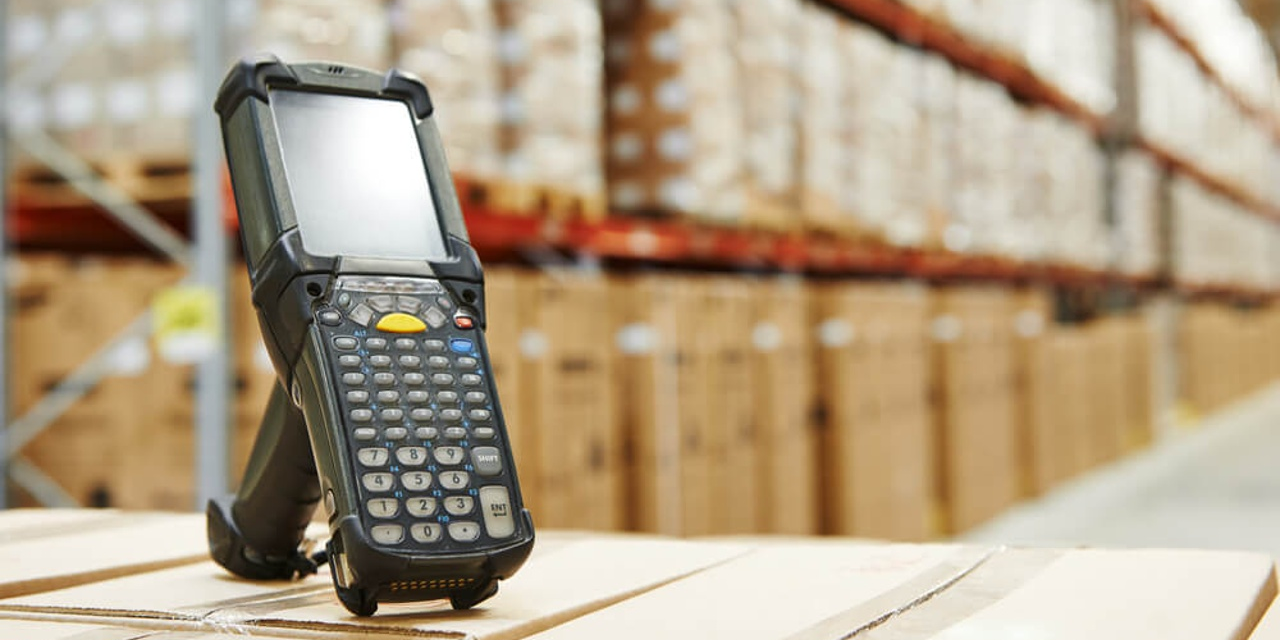In logistics, track and trace is not just one optimization method among others: it’s a decisive factor in smooth supply chain management.
A track and trace system makes it possible to considerably improve the efficiency of your logistics processes in their entirety, and that’s why it's not only valuable, but essential.
Read on to find out everything you need to know about track and trace: what it is, what benefits it brings, and why it’s considered essential in today’s logistics sector.
Track and trace: a definition
In supply chain management, track and trace is the process of tracking the provenance and onward trajectory of products and their inputs from the very beginning of the supply chain to the end customer.
In logistics, a track and trace system thus includes all the procedures that enables us to determine the location of a product at any time, from its reception in the supply chain to its exit.
Track and trace in logistics: various objectives
There are several objectives of track and trace in logistics:
- Loading controls;
- Monitor orders and stocks as closely as possible;
- Reception and tracking of goods;
- Ensure that regulations are strictly enforced;
- Reduce the risk of human error.
These different objectives serve larger purposes:
- Reduce costs;
- Reduce processing times;
- Ensure that all products not meeting quality thresholds are removed from the circuit;
- Continuously improve service quality.
By fulfilling these different objectives, track and trace contributes significantly to improving overall processes and the quality of service offered to customers and suppliers. Track and trace is an essential tool for reducing logistics costs, errors and losses, and therefore it helps increase sales.

The different types of product track and trace
The two components of track and trace:
Trace
Product tracing allows us to identify a batch of goods or a unit of load and review all the steps it has passed through. This function is particularly effective in health scares, where we need to trace the source of raw materials, locate the origin of the problem, detect defective batches and remove them from the supply chain.
Track
Tracking is mainly a question ofmonitoring the trajectory of products so delivery times can be calculated. Tracking also allows consumers to track the progress of an online purchase accurately and in real time, at every point from order picking to delivery.
In logistics, there are typically at least 5 successive steps in track and trace:
- order picking,
- shipping of goods,
- arrival at the distribution centre,
- delivery by the carrier,
- delivery signed off by the customer.
Track and trace in internal logistics
This process covers the entire trajectory of the products along the production chain and up to their shipment. It involves identifying and precisely delineating each step, in terms of movement and handling, in the trajectory followed by the product.
Track and trace in external logistics
An identification and registration system allows products to be tracked throughout the supply chain, including transit to foreign countries by external carriers. This is only possible when all actors in the supply chain use an identical coding system.
Why is this important for your logistics strategy?
Every actor on the supply chain benefits from the advantages of track and trace:
- For warehouses, it’s an effective way to identify critical points on the supply chain - those that need to be optimized to improve productivity and reduce errors. This increases the quality of your customer service - and your sales.
- For consumers, product track and trace offers more peace of mind and satisfaction, for their goods are delivered faster and with fewer errors.
- Track and trace can be a boon for the authorities too, particularly in sectors such as the pharmaceutical or food industries, which must comply with strict rules on product tracing and health and safety standards (packaging, handling, contamination etc.).
In logistics, track and trace is essential because it improves processes and meets real needs.
Consumers increasingly want to know more about their orders
The problem here is twofold. The first demand is to obtain clearer and more transparent information on the delivery of orders. This demand is met by conventional order tracking, from picking through to its delivery to the consumer or the designated address.
Consumers are now accustomed to using a tracking number to follow each stage in the carrier’s delivery schedule.This is a basic service that’s essential to customer satisfaction. But for consumers, there’s more to track and trace than monitoring the progress of an order, important as that is.
Consumers increasingly demand more transparency from businesses. They want to know where the products they buy come from, how they are made, with what materials and under what conditions.
They also want to know what happens to the product on the expiry of its lifecycle: whether it can be recycled, and how. Environmental and societal issues are now at the heart of their concerns.
But these issues alone are not enough to explain the growing demand for transparency. We also have to look to some recent health scares.
Take mad cow disease, or the frozen lasagne horsemeat scandal, or the numerous product recalls we constantly hear about (children's toys, baby diapers, cosmetics etc.).
These scares have fuelled suspicion among consumers, who demand more transparency from businesses as a consequence.
Transparency and track and trace are closely linked: the ability to track and trace products from their origin to their delivery to the final recipient ensures full transparency thanks to the collection of information at each key step.

Track and trace is a more secure and sustainable solution
In logistics, track and trace offers peace of mind: the origin of each of the materials that make up a product is known, and each hop on an item’s delivery route is clearly identified.
Quality too is monitored through every link in the chain. This makes it easy to identify the suppliers and the components or procedures involved when a product does not meet the defined requirements.
Track and trace is an effective and sustainable way to reduce risks, guarantee consumer peace of mind, and ensure compliance with the various standards and official requirements. It also aligns with consumers’ demand for ever greater transparency.
Tools for optimal track and trace
For optimal track and trace, choosing the right tools is of paramount importance. Unique identification of items and load units is one of the principles of track and trace. The two most widely used track and trace technologies are barcodes and RFID.
Barcodes
Barcodes are a simple and effective way to identify products, which is why they’re the most common system today. A barcode is able to store and provide a lot of information, so it can be used to enter products in stock, guide their onward trajectory, or determine their origin.
Radio-frequency identification - RFID
At the moment, RFID is less common than barcode, although it's more advantageous in terms of the benefits it offers. The main impediment to its wider deployment is the higher cost. Two solutions are particularly interesting:
- Radio-frequency Identification (RFID): this solution has the same advantages as barcode, but with additional benefits. It has a longer lifespan and greater information storage capacity. Also, the information contained in an RFID tag can be easily read by remote devices.
- E-Kanban: this system offers real-time visualization of the production chain to improve supervision and reduce errors.

Vital track and trace tools
Obviously we need certain tools to exploit the information stored in bar codes and radio-frequency identification tags:
- Data capture devices (e.g. barcode readers) that read the information and transmit it to a software application;
- Software: an application collects and stores information, but also structures it to make it usable. This software provides the link between the products and the company, and transmits information to the different actors and services involved.
There are many such software applications, but the most frequently used for track and trace are:
- Enterprise Resource Planning (ERP): a solution that gathers all the information from different areas of your enterprise (sales, production, storage etc.).
- Warehouse Management System (WMS): this system collects information and passes it on to other applications such as ERP. WMS therefore plays a crucial role in optimizing logistics flows.
- Fleet management software (TMS): this solution is designed especially for carriers and can be integrated into a WMS. It allows you to plan routes and monitor deliveries.
Solutions like these make it possible to automate logistics flows and order picking. That improves productivity and also track and trace, thanks to a real-time count function.
Increased flexibility, quality and track and trace are all part of the productivity gains delivered by robotics solutions for logistics.
Track and trace is essential for optimizing workflow, improving quality of service, and increasing sales. It also makes for greater transparency: which is a considerable advantage, as transparency is what consumers want and regulators demand.
Track and trace is an essential tool for expanding your company and giving consumers the peace of mind they demand. But it's also a logical response to current concerns regarding environmental and social issues. All reasons that make it a must for every supply chain.




Laisser nous votre commentaire